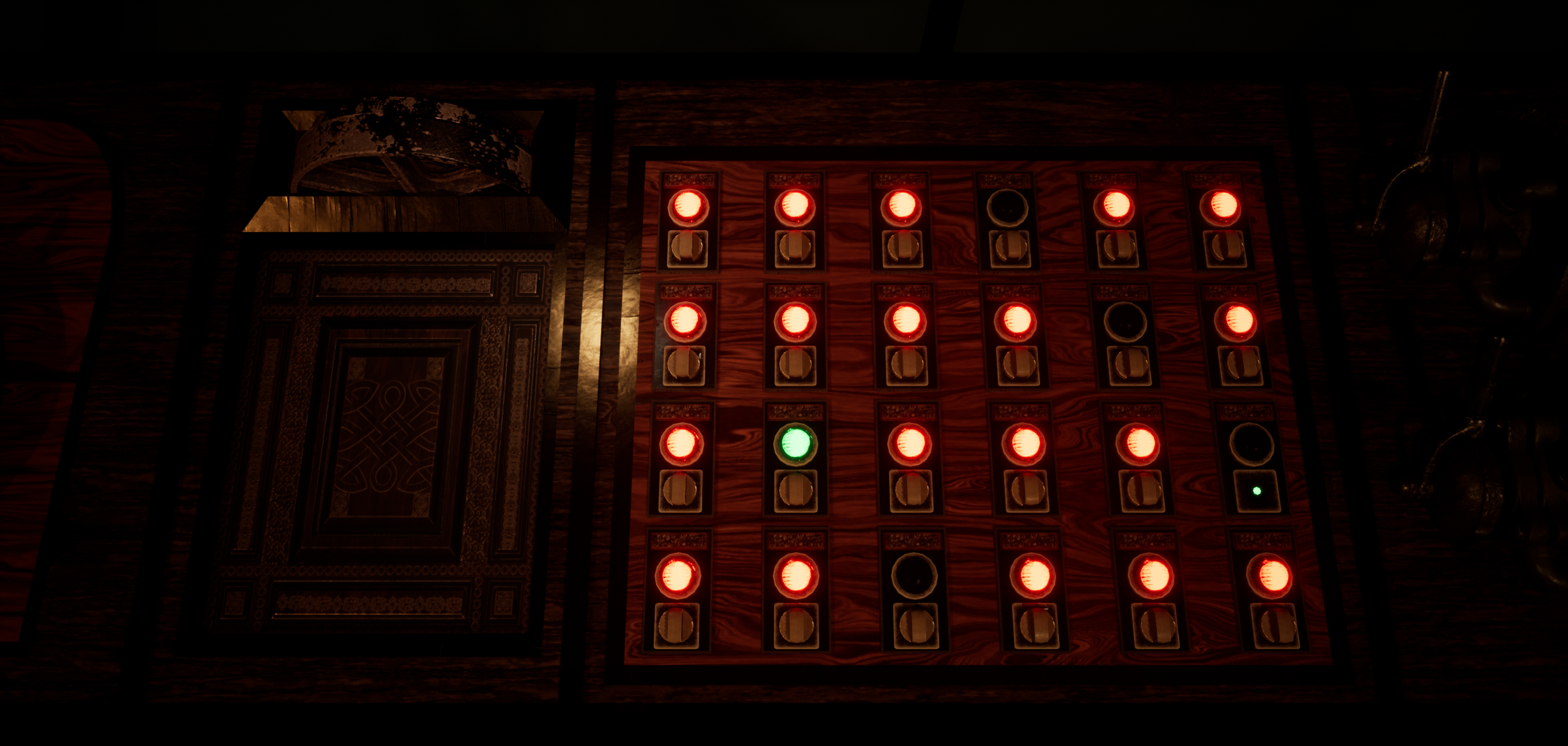Interview with Developer of Inkshade
We loved the dark and creepy vibes of Studio Vazelle’s turn-based tactics roguelike game Inkshade when we first saw the trailer. And I, personally, loved the demo and can’t wait to play more. There’s something really satisfying about controlling those wooden miniatures and taking home a victory.
A huge thank you to the dev for answering all of my burning questions about the game.
Can you tell me more about yourself and how you got started working on Inkshade?
I’m a solo developer who can’t seem to stay away from game development. It’s something I keep coming back to, despite having a history in other much more stable professions. Inkshade isn’t my first rodeo, but it’s the first game that I’m bringing to the finish line. I got started on Inkshade because I wanted a creative outlet, but it quickly turned into something that I thought other people might enjoy. And honestly, I can think of no better use of my time than trying to make something that delights other people in the same way that games are constantly delighting me, so here we are!
How would you describe the gameplay and style of Inkshade?
If Tim Burton designed a creepy wooden board game, and it was run by H. P. Lovecraft’s interpretation of the Crypt Keeper, you’d get Inkshade. The gameplay is strategy, tactics, and puzzles that won’t cook your brain, and a heavy, dramatic atmosphere that drapes over the player without all the stress that comes with a lot of horror games.
What are some ways that two runs can differ from one another in the game?
From run to run, a player can strategize which pieces to bring in their starting crew, the order they’ll tackle the branches on the world map, and which pieces they’ll try to add to their crew along the way. Taking on different branches first or last will change how you approach a full run. Within each branch, players will choose different encounters from a procedurally generated map based on what they want to prioritize—be it a quick journey to the next boss, more money for meta-progression, more pieces for the current run, and many other unique encounters and considerations. So one player might beat the game using entirely different pieces, upgrades, and pathing than the next. They might not even see a lot of the same combat encounters across all their runs!
Your Steam page mentions that your game pieces can have different classes. Can you explain a bit about how that works? Do different classes work better than others?
Some classes are very good at one thing, like being able to tank a lot of hits. Others have a more general, flexible use. Depending on the upgrade paths each class can take, you can develop lower-tier pieces into specialized roles, max out your favorites, or try to build a balanced team so the different maps, enemies, and damage types don’t catch you by surprise. There are also pieces with special, semi-secret properties, like illuminating dark combat maps or being able to attack over walls and other pieces. Oh, and upgrade cost is also a factor. Some stats are cheaper to upgrade on different pieces, which when combined with upgrade caps, can be a factor in the player’s long-term strategy.
Can you give a bit of detail about the demo's new challenge modes?
Only one has been revealed so far—Double Pain Mode. This makes enemies deal double base damage to player pieces, making every map require more careful consideration and providing a challenge even for well-upgraded teams. The other modes… Are a secret! There are 4 others I’ve already created that will be rolled out individually for festivals like Six One, and a very special post-game mode that I’m still working on. I will say that the other challenge modes are more interesting than universal enemy buffs. They twist and mutate the game in ways that require players to approach combat encounters differently, and some of them fundamentally change the way the player completes a run.
Is there a board game (or any game!) you know you would win if you were forced to play it against an evil entity?
I might have a small chance at Dominion. Though I’m definitely not smart enough to have a guaranteed win at a board game. Dark Souls 3 PvP would be a safer bet haha.
What does “indie” mean to you?
That’s a tricky question! I think the line is pretty blurry these days, but to me “indie” means some combination of being a small team, limited funding, and limited publishing support. For a more personal definition, I think being indie means having the liberty to pour your heart and soul into making a game solely because you want to create something cool, not because you’re constricted by funding milestones or publisher contracts.
Inkshade is available to wishlist on Steam now and you can play the demo!



